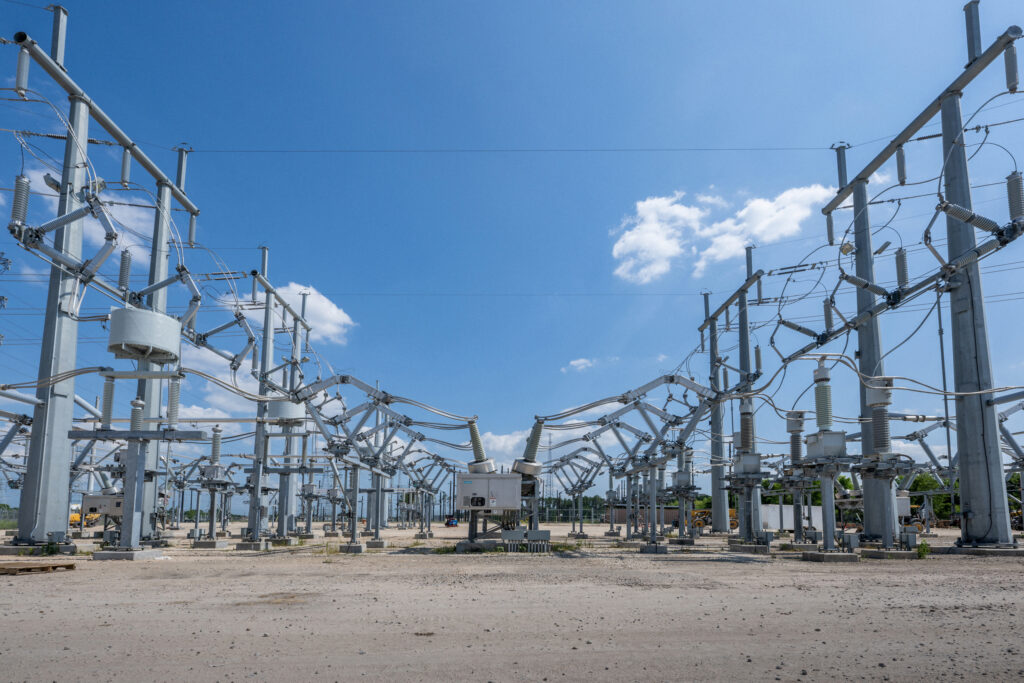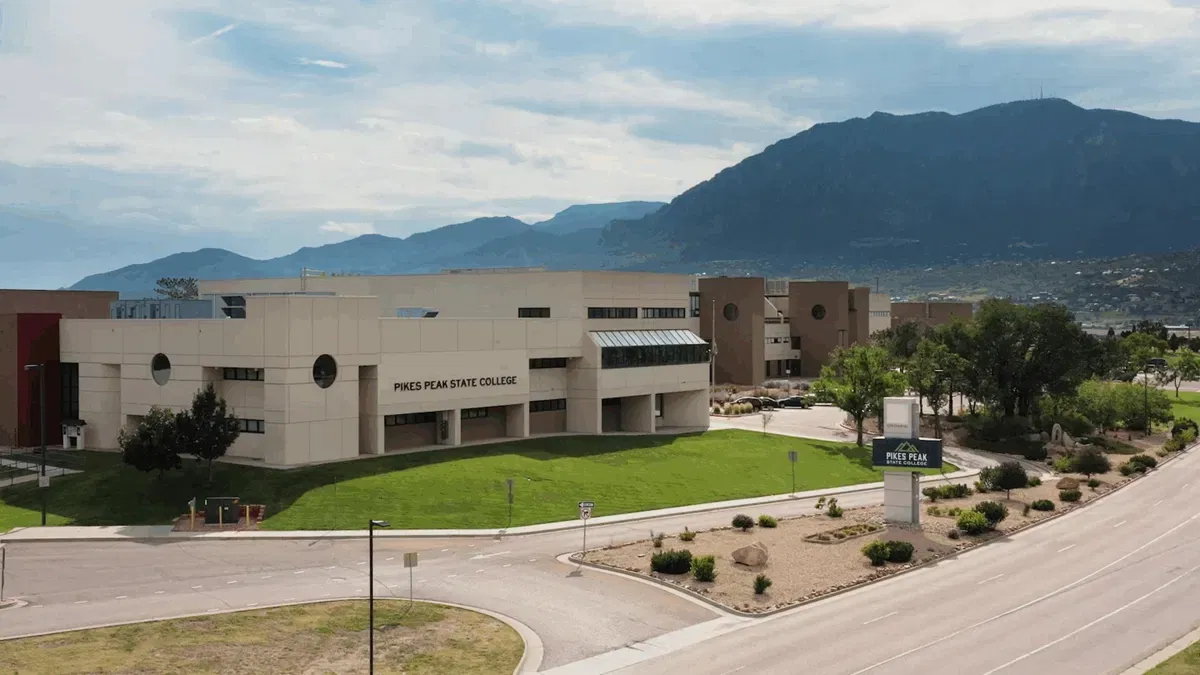Copyright Inside Climate News

The “rapid explosion” of large load users looking to connect onto Texas’ electric grid are being built faster than traditional transmission planning can manage, according to the Electricity Reliability Council of Texas (ERCOT) the state’s grid operator. Not that long ago, connecting factories and other large commercial facilities to the grid was a matter of predictable demand and growth. The grid had to maintain only a minimal transmission capacity buffer to absorb changes while balancing costs to ratepayers. But the sheer volume of the energy demand from large data centers, particularly those serving artificial intelligence, require an adjustment of the planning processes to keep the grid reliable, Kristi Hobbs, ERCOT’s vice president of system planning and weatherization, said last week at a Public Utility Commission of Texas (PUC) meeting. In September 2024, ERCOT was tracking 56 gigawatts in large load interconnection requests. Now, that number has almost quadrupled to 205 gigawatts. Energy experts are quick to point out that requested interconnection is no guarantee that construction will happen—and that 205 gigawatts is a huge number, more than twice as high as ERCOT’s peak demand record of 85.5 gigawatts in August 2023. Still, ERCOT is tasked with planning transmission and ensuring that they can serve both existing and incoming customers at all times, Hobbs said. Prior to the explosive growth of data centers to power AI, cloud computing and cryptomines, a jump in power demand from, for example, residential growth, meant the load would be distributed across the state. Texas, the largest state in the mainland United States, now sees a demand that is entirely different. “When you look at companies that want to come and consume more power than cities in a single location—it’s hard to forecast and plan for that in the future,” Hobbs said of the state’s growing electricity demands. As a result, ERCOT is looking to grant incoming large energy users a quicker interconnection if they are willing to commit to reducing their power use from the grid during certain grid or transmission conditions. Cooperating with shut-offs would help the grid operator incorporate more large data centers onto the grid while ERCOT works to bridge grid upgrades, and resource and load improvements, Hobbs said If large load users pledge to curtail their grid power when capacity gets tight, it would give ERCOT more certainty and ability to provide a forecast of how the large loads are going to operate, Hobbs said. Are companies adding their own power, through their own onsite power plant? Or a private power agreement with a utility? Or backup generators? The grid operator is now tracking 205 gigawatts of large load interconnection requests. More than 70 percent of the 205 gigawatts of current large load interconnection requests are from data centers and another roughly 10 percent are from cryptocurrency mines. It’s a massive jump from 56 gigawatts just over a year ago, according to the latest data from ERCOT. Many of these large load interconnection requests from the past 12 months exceed one gigawatt per site. It’s the equivalent of each project asking for half of the power produced at the Hoover Dam. Additionally, these data centers want to be connected to the grid fast. Requests from large energy users to be online by 2030—within five years—has risen 227 percent since last year. “The state wants these large loads here,” PUC chairman Thomas Gleeson said. “We want to hook ‘em and bring them in and have a place for them to go.” As the growing presence of data centers have reconfigured the state’s energy and grid landscape, there’s tension about the unknown from both the business parties and the regulators. Developers with billion-dollar projects gripe about the changing regulatory landscape and grid planners worry that their role of ensuring reliability is being thwarted by uncertainty around how much energy these projects will actually use and how these facilities will run. ERCOT is also considering changing its planning procedures with utilities by evaluating multiple proposed projects in a single study. The current planning system once worked fine. ERCOT and the utilities first agree on a study scope. Then as a large load company signs an agreement with a utility and begins construction, the company’s project becomes part of ERCOT’s planning models and are used in future studies for future loads that want to connect. Once construction wraps up and it’s time to take the final steps to bring the project online, ERCOT and the utility meet again to get a final approval before the large load starts consuming power on the grid. That process, Hobbs said, was created when there were 40 to 50 large loads on the system that were spread across the state. But with more than 360 interconnection requests now, the planning system could use some renovations, she said. “We’ve got to look at that so we can reliably connect them,” Hobbs said. The grid operator needs to ensure, before these large loads are connected, that risks have been addressed. One concern is whether data centers can “ride through”—or stay connected when the grid experiences voltage or frequency disturbances. There are worries that some large load users won’t be able to manage that. Most data centers are designed to disconnect from the grid during a disturbance to avoid data corruption or loss and switch to backup power. But a sudden loss of a large load on the grid could lead to wider outages. “We need to make sure we have the right requirements in place, and we’re taking the proper precautions to protect their businesses, as well as their neighbors,” Hobbs said. How to incorporate the list of companies with large loads waiting to get onto the grid and plan for the corresponding transmission will continue to be a topic of discussion both privately and publicly, said Gleeson of the PUC. “We need to figure it out.” The PUC wants clarity about the requests now in process. Gleeson said one company began the interconnection process in the first quarter of 2024 and was still in limbo, unsure how much longer the approval process would take. “We have to endeavor to try to give them a little more certainty around what the possible timeline might be,” Gleeson said. Texas prides itself in its speed around these processes, said Courtney Hjaltman, a PUC commissioner. It wants to continue to say that it’s in one of the fastest regions for interconnection, she said. Hobbs said building transmission capacity takes time and the study process is a short but important part of it. Addressing the concerns around transmission planning, grid reliability and procedure speed will require a multifaceted approach, Hobbs said. “I don’t think there’s one solution—there’s no silver bullet,” Hobbs said.



